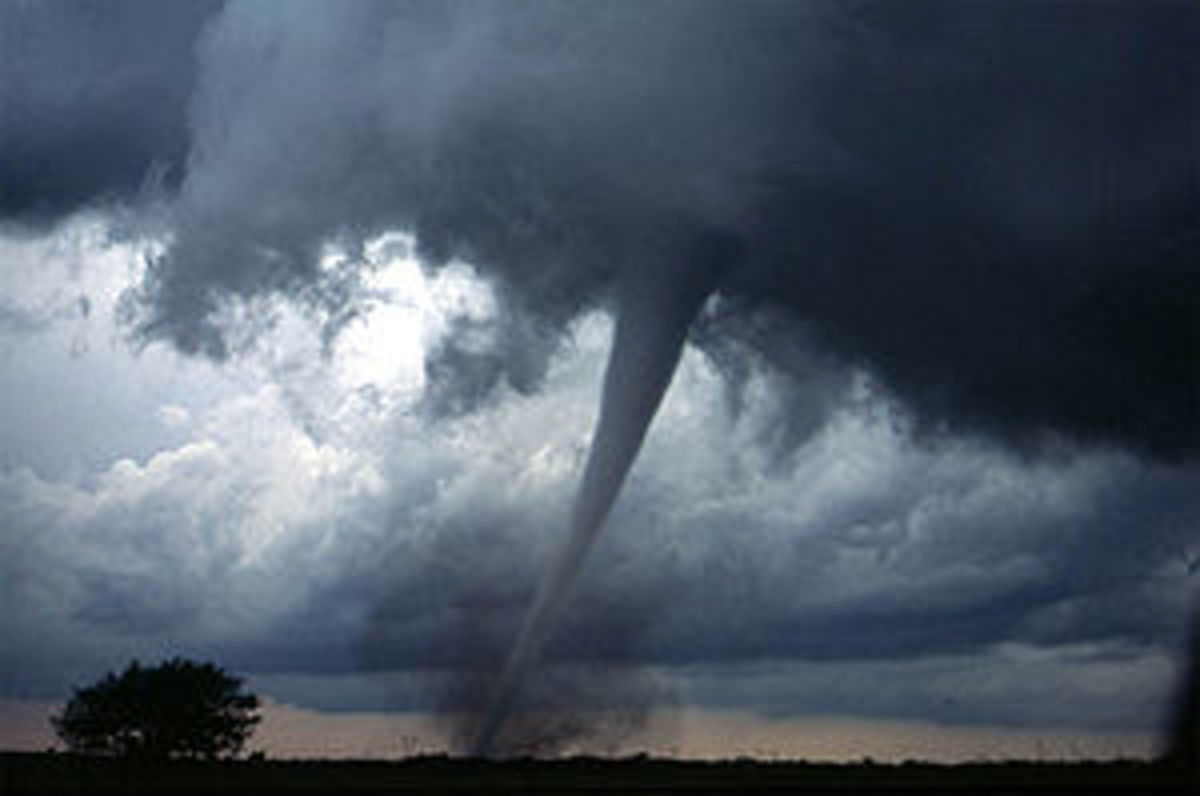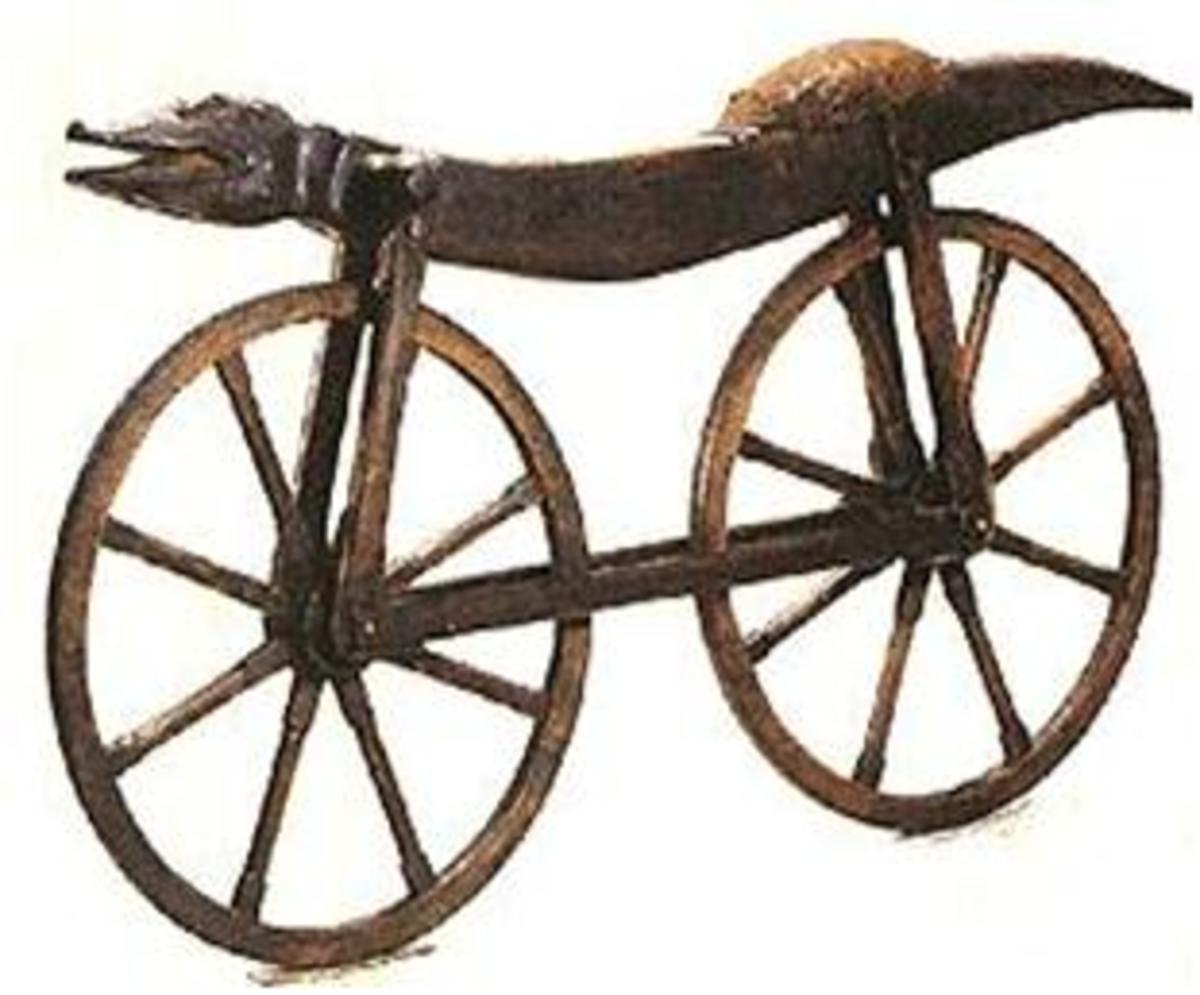Guide to Ladder Safety
Hanging Lights
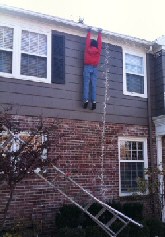
How to survive hanging your Christmas Lights
This is the time of the year when people will be hanging their Christmas lights, trying to out do their neighbors. Do you have a Clark Griswold in your neighborhood? Seriously, though; when you are considering hanging lights and decorations on your home, either inside or outside or both, you must take extreme caution while using ladders. One might think there is nothing to it. One might say, "oh this ladder stuff is easy, this ladder weighs nothing". I can assure you one careless mistake and it could cost you a great deal. I do not mean just money costs.
Take care when using ladders
When you are using a ladder you have to think safety. Be particular when you are setting up your ladder. Lets start with outside. It is much safer to have two people when doing any ladder work. Try to incorporate the help of a friend or neighbor or child that is old enough to be of real help. When moving ladders you must be careful not to injure yourself, or someone close by. You also have to be aware of your surroundings. If you are not aware of your surroundings you could easily knock the ladder into something. One of the biggest and most dangerous issues with ladders is electrical wires. It is easier to move a ladder in the horizontal position, rather than a vertical one. When moving a ladder in a vertical position you are putting yourself at risk of several injuries. The first coming from touching an elctrical wire. Many people have died from touching an electrical wire with an aluminum ladder. The ones who did not die suffered electrical burns. You might say, "well I have a fiberglass ladder". That is great, but that brings me to the next injury that can occur from moving a ladder. You can suffer debilitating upper and lower back injuries, and shoulder injuries, and neck sprain injuries by incorrectly moving a ladder. The strain that trying to support a ladder puts on your neck, shoulder and back is huge. You will feel it the next day, especially if you do not move ladders around for a living or on a daily basis. Think about it. If you were to brush against a low hanging tree limb that could throw you off balance and cause you to hurt yourself. That is why I suggest moving the ladder in a horizontal position until you get to where you want to go.
What Not to Do!!
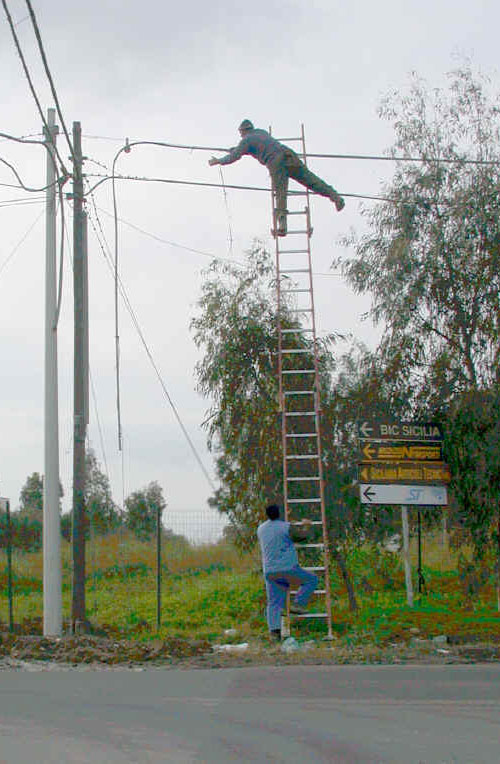
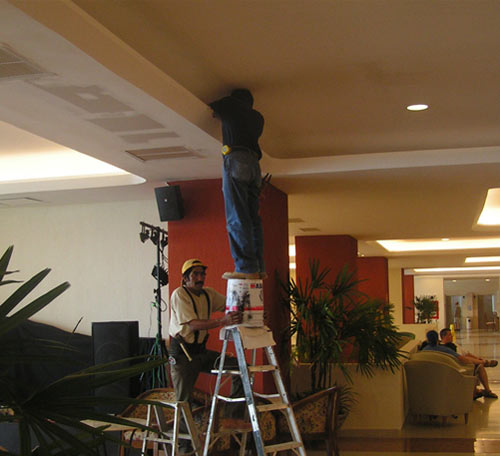

EXTENSION LADDERS
Extension ladders are the ones that slide up to extend their heights. They come in many sizes. The most popular size of extension ladders is the 16 feet, then the 20 feet, 24 feet, 32 feet. There are even 36, 40 and 60 feet extension ladders. Most home owners will be able to do what they need around the house with a 16 feet, a 20 feet, a 24 feet and 32 feet. It depends on the size of your home. I personally own a 16 and 24 feet extension ladders. Next, I will explain the proper technique for setting the ladder up into a vertical position. Once you have arrived at the place you want to be, you will look for a suitable spot for the feet of the ladder. If there is enough room you will want to first lay the ladder down flat on the ground with the feet close to the spot you picked out. Your helper will now place a foot on the bottom rung at the feet of the ladder for support. This helps keep the bottom of the ladder from moving while you at the other end lift the ladder. You will lift the ladder and then easily walk the ladder into a verticle position by sliding your hands along the sides as you walk the ladder up. Set the feet down making sure the ladder is facing the right direction. You want the rungs to be angled slightly down like a stair so as to make the climbing easier. Having the ladder facing the wrong way will make it difficult to climb and raise the ladder up or down. Once the ladder is up and facing the right direction your helper will then place a foot on the bottom rung again to give stability and support. You must then determine if the ladder needs to be raised. If so then support the ladder, keep one foot on the bottom rung and then push the ladder upward to the desired spot. Now, while your helper has one foot securely on the bottom, you will move around to the back of the ladder and slowly start to let the ladder lean back. Use your hands on the sides to let the ladder lean towards the house. Your helper will remain on the bottom rung and steady the ladder as it leans into position. It is important to to have the bottom of the ladder at least 45 degrees away from the structure. That way you will have a nice comfortable angle at which to walk up the ladder.
This technique is very safe. If you must move a ladder in the verticle position, then it is much safer to use two people. One extra set of hands and eyes can help to steady the ladder and look out for potential hazzards.
These same techniques will work inside while using an extension ladder. However, when indoors, it is usually easier to move around in the verticle position. I suggest having a helper when moving an extension ladder around indoors. Another important safety tip to mention on indoor ladder safety,is to be mindful not to set the feet of the ladder on a rug or something that can slip. Having someone stand at the bottom while you are up top is another way to steady the ladder and to keep the feet from slipping out from under you.
FALLS
Falling from a ladder is no treat. Aside from the electrical hazzards, and the back, neck, and shoulder strains and sprains, there is the dreaded falling issue. One of the most common problems is the ladder slipping. The ladder can either slip out from under you, or it can slid from side to side. It can also flip you off of it if you do not make sure it has its feet flat on the ground and as level as possible. When the ladder is leaning against your house, or guttering it should be nice and flat. You can bounce a little on the bottom rung, the ladder should remain in its postion, and not shift from side to side. The angle is also very improtant. I mentioned earlier that a 45 degree angle is the prime angle. If a ladder is too close then climbing becomes difficult. A ladder that has the feet too far away then becomes a slipping hazard. If you have unlevel ground you can help to steady your ladder by sliding a piece of wood under the foot that is not level. I like to have different thicknesses of wood and they should be at least 4 inches wide. Once you have a secure base you are ready to climb. You should becareful as you climb up or down. Be very mindful of each rung. Watch your step and take your time. This is not a race people, this is your life. Try to be careful of what your are carrying. Make sure you are holding on to the ladder as you climb up or down. If you are carrying things then try to put them in a bag that you can hang on your shoulder freeing up your hands to hold on. Taking these precautions can save you a fall. Falls are very painful and debilitating. You can easily kill yourself. You can break a bone, your leg, foot, arm, Neck, back, anything. So be very careful as you climb.
STEP LADDERS
Step ladders are very handy. They range from 2 feet to 12 feet in length. Some of the most common sizes are 2 feet, 4 feet, 6 feet,and 8 feet. Step ladders are great, however you really must have a stable flat surface to set them up. If they are not on a flat surface with all four feet touching then they can quickly become unstable and tip over. They are easy to fall off of. You must make sure they are opened up all of the way. Never climb to the very top of a stepladder. The top is there to hold your tools or what ever you need.
CONCLUSION
Now, hopefully you will have a safer holiday light hanging experience. Ladders are a great tool. The key word here is "tool". The important thing to remember is to take your time, have someone help you when working on a ladder. Be mindful of your surroundings. Also it is important to not be distracted. The view from a ladder can be great. Just make sure you are paying attention to what you are doing and not staring at some view that you can now see because you are 20 feet in the air. Use precaution and common sense and you will do fine.
I wish for you all to have a safe and happy holiday season. Take care.
Awesome Wallet Folding Safety Mini Pocket Knife, Tactical Safety
- TripleClicks.com: Wallet Folding Safety Mini Pocket Knife Tactical Rescue Knife Black Credit
Wallet Folding Safety Mini Pocket Knife Tactical Rescue Knife Black


